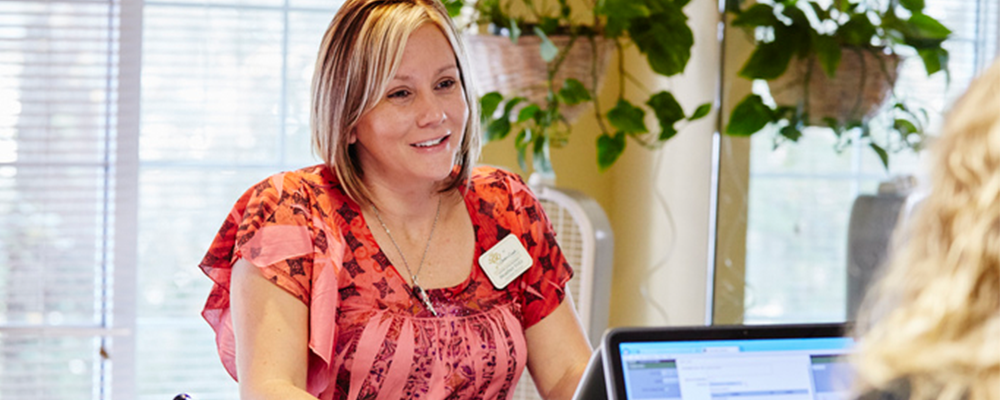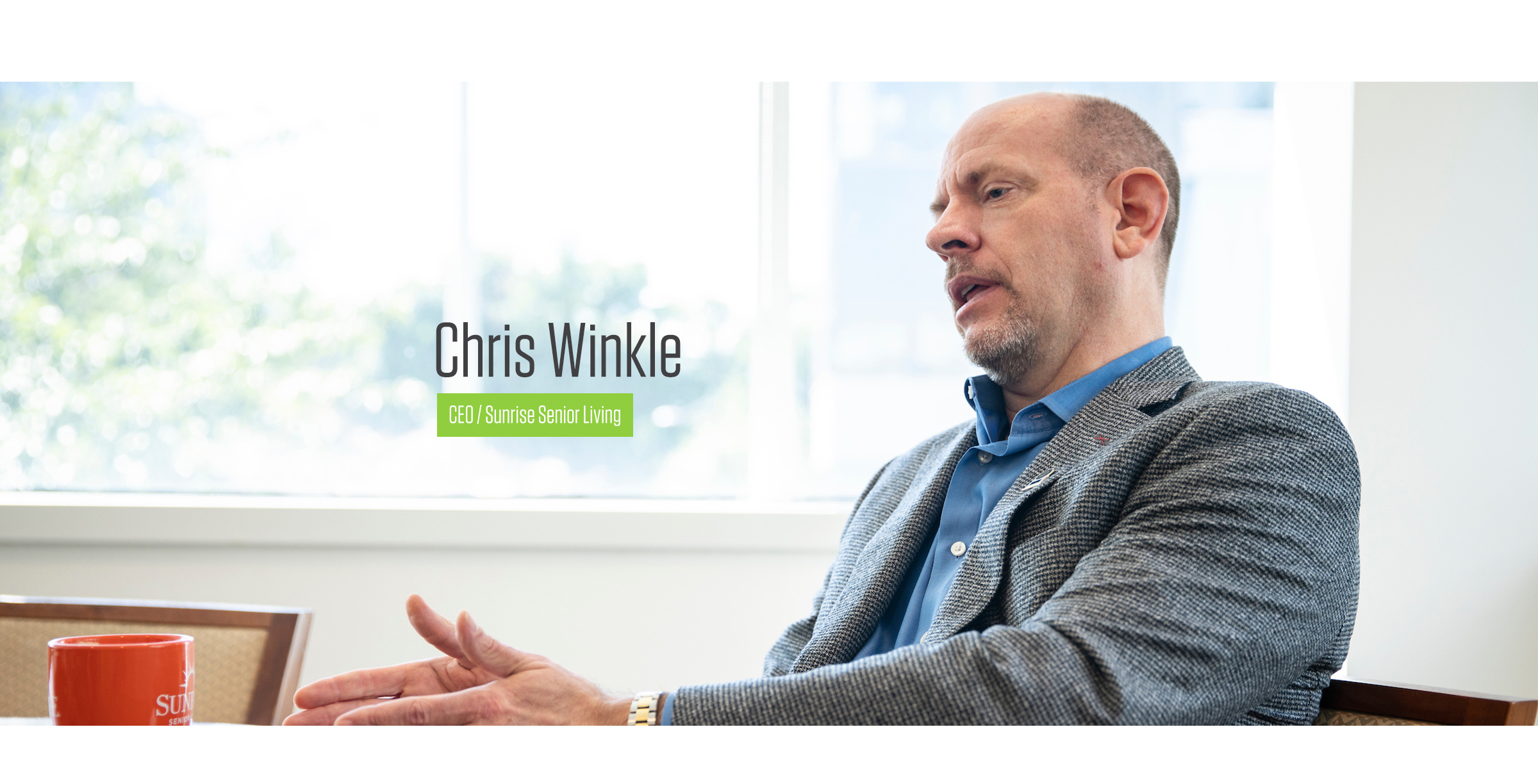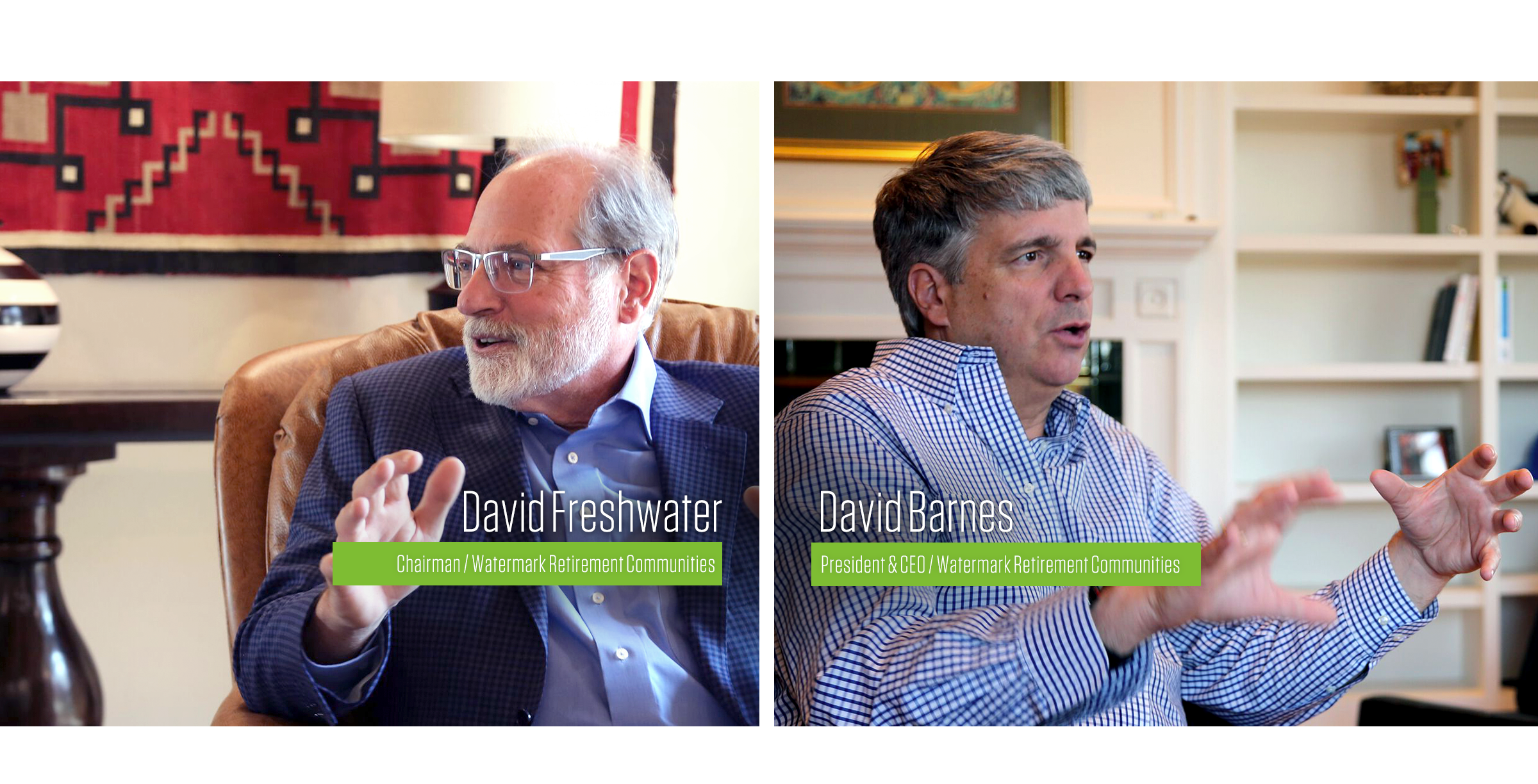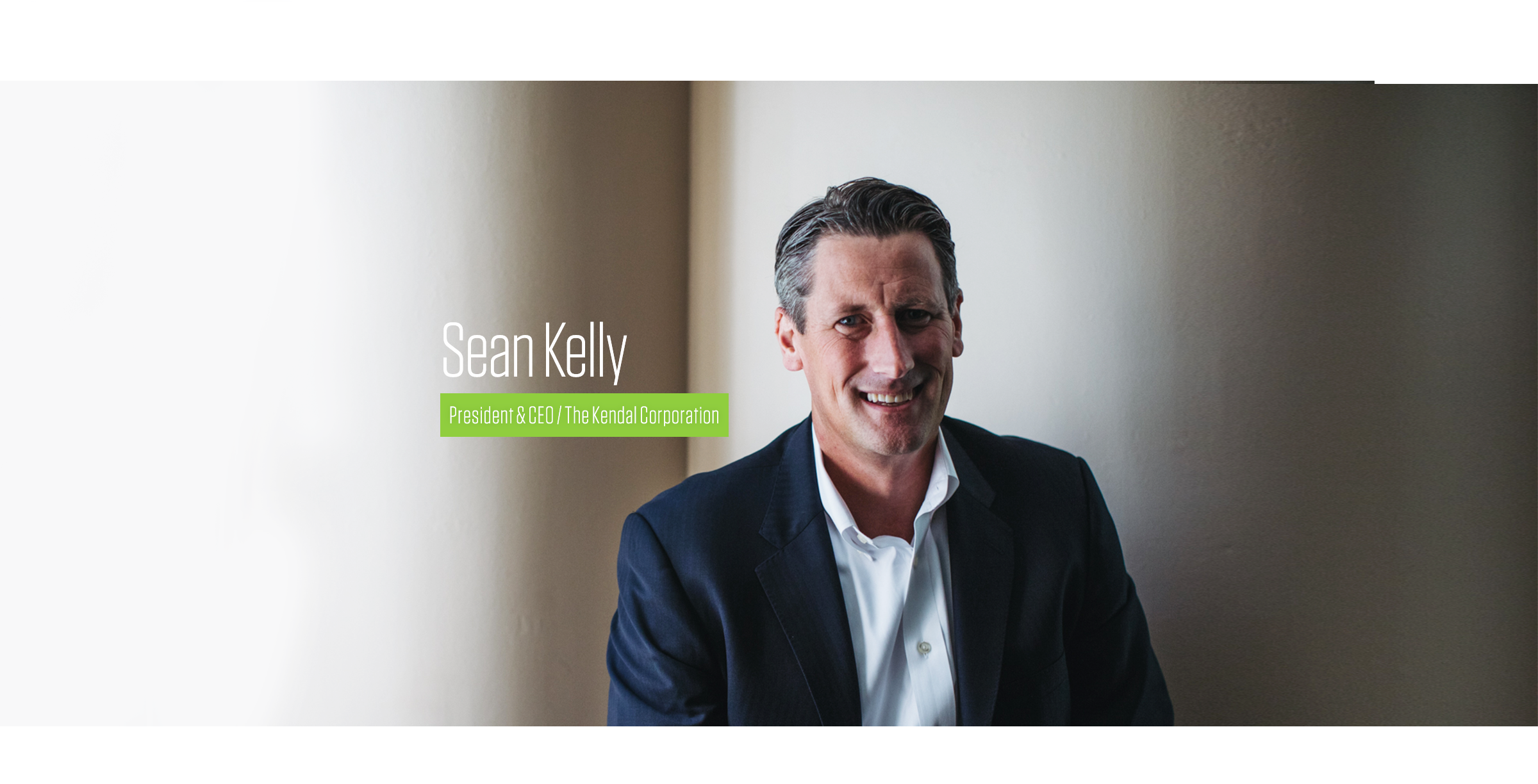This Customer Spotlight is brought to you by PointClickCare. Here, we explore a customer implementation of PointClickCare’s Electronic Health Record solution including insight into the process and the leadership behind taking team members through the transition to a paperless platform.
Meet Heather Fritz, assistant director of Cedar Creek Assisted Living Residence in Crystal River, Florida. Fritz started in assisted living in 1995 as a caregiver and has worked in the business ever since. She has been with Cedar Creek for 14 years and counting. With a staff of more than 50, Fritz works to bring continued service and comfort to the residents of the privately-owned Cedar Creek community, from budgets to staff training and everything in between.
We sat down with Fritz to hear about leading her community through the transition to working with PointClickCare, and how an EHR-enabled platform has improved Cedar Creek’s position among the competition in its local market—both in terms of the other communities available and the prospective employee pool.
As the Assistant Director of Cedar Creek Assisted Living, what does your average day look like?
Being privately owned, our director and I do everything from budgets to human resources, training, finances—we are just totally hands on. We are very closely aligned with our nurses and resident care staff, and we do what needs to be done. We’re blessed to be privately owned.
How long have you been in this current role, and how long have you been with the organization?
I’ve been with the organization and in this role for just over 14 years.
What were you doing before that? Were you in the industry or were you doing something different?
I’ve been in the assisted living industry since 1995, when I was still in high school. I started out as a caregiver.
Wow! So you are one of those!
I did work in a hospital, but other than that all of my other years have been assisted living.
You’ve probably seen a lot of change.
Oh, absolutely.
I love to hear about that kind of progression, that folks have taken from the caregiver role all the way up to the executive level.
I try to lead by example. I am the first one out there with my caregivers. If a resident comes to me and needs some help I just do it, you know? It’s just how I believe in leading.
I try to lead by example. I am the first one out there with my caregivers. If a resident comes to me and needs some help I just do it, you know? It’s just how I believe in leading.
Tell me about some of the challenges you’ve faced in your current role. If you could point to one of the greatest challenges what would that be and how did you overcome it?
The challenge we’re still trying to overcome is that over the last 5 to 7 years, the acuity level of the residents has been rising.
We are making sure staff who have been used to more independent residents, are comfortable providing more hands-on care and learning how to handle memory care residents. That’s an everyday thing.
A lot of providers are trying to figure out what to do to address that. Does that involve a lot of training?
Yes. It’s a lot of hands-on training. It has changed our nurses. In Florida we don’t have to have nurses in assisted living, but we have had nurses from Day 1. Our nurses have had to do a lot more in the way of medications, assessments, and when the residents are sick, monitoring their medical needs. The level of medical care in our building has gone up, as it has in most buildings.
As far as technology is concerned in this setting, do you view technology more as a need to have or a nice to have for residents? What about for employees?
I think it is a need for both. We’ve had PointClickCare now for just over a year and I honestly don’t know how we functioned as well as we did without it. For the residents, it’s having that information at our fingertips. Our new staff are able to see firsthand the individual care request level that each resident has. When they go to give a shower or help someone get dressed, they have the resident’s particular wants and needs at hand. They can read [the details] beforehand so they are not going in blind. It works both ways because we’re meeting the needs of the residents better, and the staff is more informed and it’s easier for them to document the care. It’s quicker. I don’t know what we did without it.
Tell me a little bit about the transition to the EHR platform. What was the process like and how long did it take? Were you using another EHR before that or was PointClickCare the first?
This was the first one. We were totally paper-based prior to this. It was a big switch to the EHR. We are doing medication electronically now as well. The way we chose to do it, we trained, including myself, two other people on the process and then we went out and trained the employees. We staged in first the Point of Care side and the resident chart side. Once we got that down we did that for about two months. Then we started training on the medication side. We started with what we thought was most important, which was for our CNAs to do the point of care. The training was about a month. It took a couple of weeks to get all of the data in and the background work of it. Once we trained the staff, we did most of the training for the CNAs in two hours, and then answered questions that came to us during the day. The program was just so easy for the CNAs to pick up that it didn’t take them long at all.
It sounds like the staged approach helped too, because then it wasn’t too much at one time.
Yes. The nurses took a little more time for training because what they need to do in the system is more in-depth. But, for the hands-on caregivers it was much easier.
Could you share any lessons learned in implementing PointClickCare? Were there any hurdles that you found you were able to overcome?
The toughest thing for us when we were first going through implementation would probably have to be the fact that PointClickCare had predominantly been, up to the time we began working with them, a skilled-based system. As a result, we found that there was a bit of a learning curve for our teams, in that a lot of the training had a very strong skilled nursing foundation. So, things as simple as terminology were a bit of a struggle for our team at first. Of course, we were able to overcome and since that time, PointClickCare has grown quite a bit, especially when it comes to assisted living.
Another challenge had to do with our staff thinking that we were implementing PointClickCare as a way for the management team to micromanage the front line staff. This was definitely a common fear with the team, but once they learned more about the program they quickly saw that it wasn’t about being micromanaged, and we saw this fear fade away.
Was that just a knee-jerk reaction at the beginning?
Yes, it really was.
Did you encounter any issues with managing across multiple generations of staff given that there are people of all different ages that work in the communities?
No. The ones who are really in tune with technology just picked it up. We just walked them through the process. But even for those who had no technology-based knowledge, it took minimal time for them to pick it up. It truly is, for my CNAs at least, really just having the resident’s picture, and selecting ‘yes’ or ‘no’ or whatever the answer needs to be, if you gave a bath or helped them get dressed, it’s just recording that. One of my nurses is not very technical but she was able to pick it up after just a little bit of time.
How does PointClickCare help you serve your residents better? What sorts of improvements in care are possible because of the technology?
For me as an administrator, I’m coming into the building more informed. When we were paper-based, the nurses would keep a notebook to communicate back and forth what was happening with the residents. I’m able to now go online at home before I come in for the day, or in the evening or on the weekends, and can read what my nurses are writing. So when I walk in the door, if I have a family member who comes in right after me, I’m going to know right then and there if their loved one has been to the hospital, or if they had a fall last night. I’m in the know, and in that moment can relate with that family member.
On the care level, it’s having a more individualized care approach for our residents, knowing right there on the screen what their needs and wants are. There’s better communication between my staff, who can write a little note to the oncoming shift saying, “So and so didn’t get a shower, so try to give it on your shift”. It’s not falling through the cracks or on a piece of paper where someone isn’t going to see it.
Do you notice, or is there a sense that PointClickCare gives you a competitive advantage in your market?
Yes. I can give you an example. Our local newspaper did a senior bus tour for 40 people where they rode on a charter bus to three or four different area communities for tours and lunch. A marketing rep from each facility also joined the tour. Those reps were in awe of PointClickCare when they heard about what we offer.
For the seniors who were signed up, they are coming up into assisted living as baby boomers, and they’re going to have more technology knowledge than the residents we currently have. They can recognize the importance of it and they can see how it benefits them.
[The seniors today] are coming up into assisted living as baby boomers, and they’re going to have more technology knowledge than the residents we currently have. They can recognize the importance of it and they can see how it benefits them.
I also think it has given us a step up in professionalism with other medical providers in the community, whether it be doctors, hospitals or nursing homes. Everything is typed when we are sending them vitals, or blood sugar readings—it’s all typed in black and white. I believe that has given us a competitive advantage.
What’s the biggest difference in managing your organization before and after implementing PointClickCare?
A benefit I can see is in the nursing dashboards, and the timeliness of giving medications. I can see what percentages are done, and whether [staff are] late on medications. It’s the same thing on the caregiving side. I can see if they’ve completed their shift, or if they were behind on doing room checks or whatever item I have assigned them to do. That’s an advantage—so that you, as an administrator, are more aware of what’s going on in the building. Do you need to add more staff? Or is your staff not charting in a timely manner?
How does technology position Cedar Creek as an attractive place to work? Do you get the sense that in your competition for staff that this is positioning you as more competitive? Can you use it as a selling point?
We definitely do. We are the only assisted living in the community right now that has it, although one other community is going to be using PointClickCare [in the future]. We announce it in our interviews and we show [prospective employees] what it looks like for a couple of reasons. First, so they can hopefully not be intimidated by it; and second, because it shows the benefit of having electronic health records.
They usually are amazed because unless they’ve worked locally in a nursing home, they most likely haven’t used it.
What types of technology investments are you making today in order to ensure that the community remains competitive in five years?
We recently upgraded our nurse call system. Previously, the call boxes were on the wall, so now the residents wear pendants.
Now, if they fall in the middle of the room they can push the button and not have to crawl to the cord on the wall. Within that same system, we as administrators can go on and see the timeliness of answering call lights and how many times each resident is calling. We set the parameters; if a call isn’t answered within “S” amount of minutes, it notifies our nurse and then if it’s an extended period of time that we set, it actually sends a text message to me and the administrators so we’re able to [address it right away]. We’re now able to say to our incoming tours or family members, that for the past month and a half to two months our average response time has been three minutes from the time the call light goes off to the time that we’re there with the resident resetting the button. Before we couldn’t do that; we didn’t know what our response time was.
I think here in the next five years we’re going to have to be more technical for the residents’ apartments. We’ll need to boost up our WiFi for the residents. They’re going to want to use their iPads for Internet and Facetime…that’s something we’re going to have to address.
Is there anything else that you’d like to add?
It’s just been night and day for us, it truly has.









